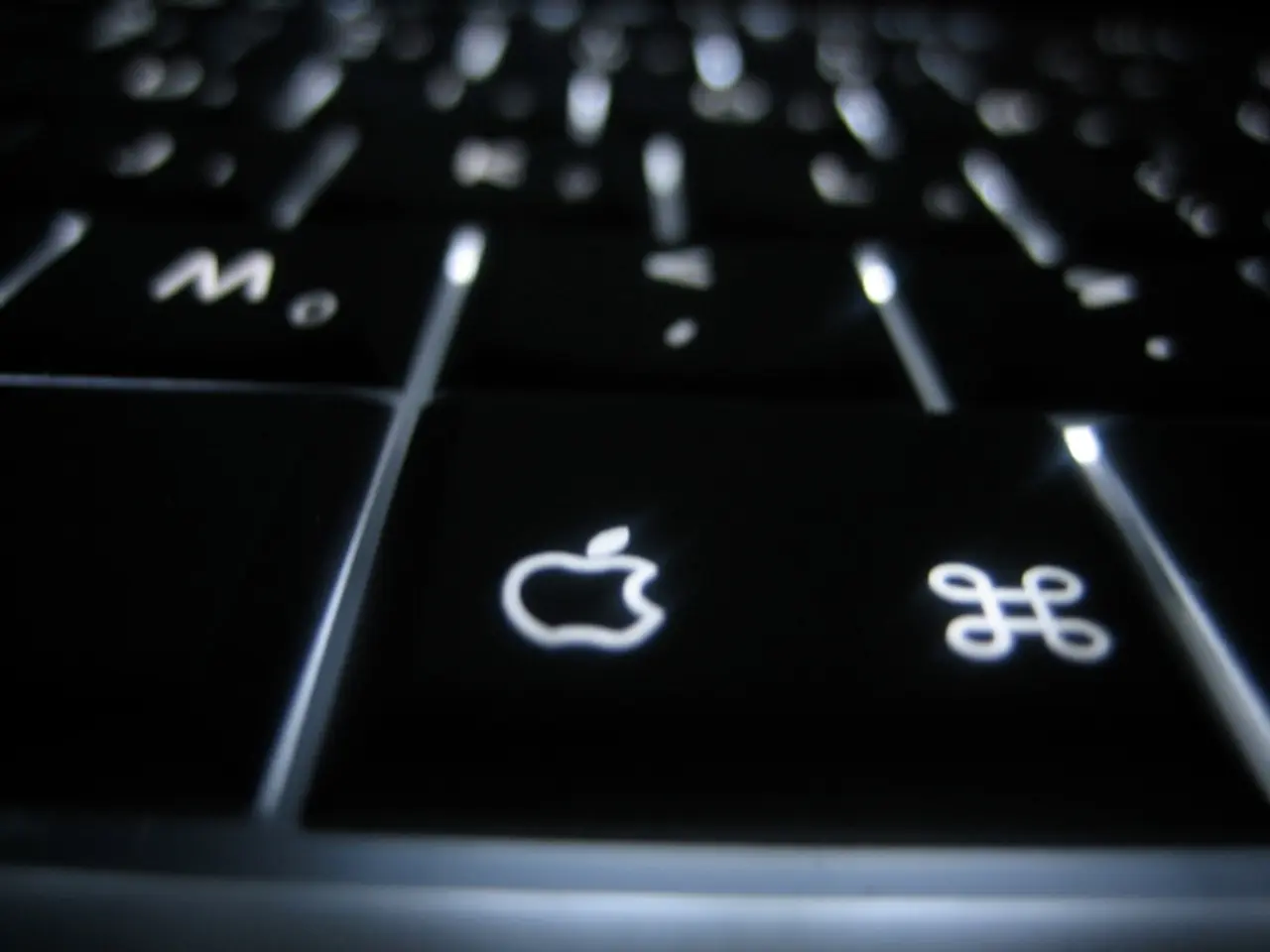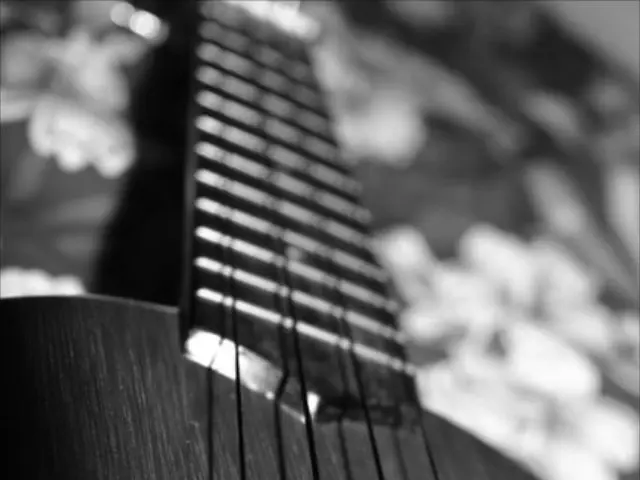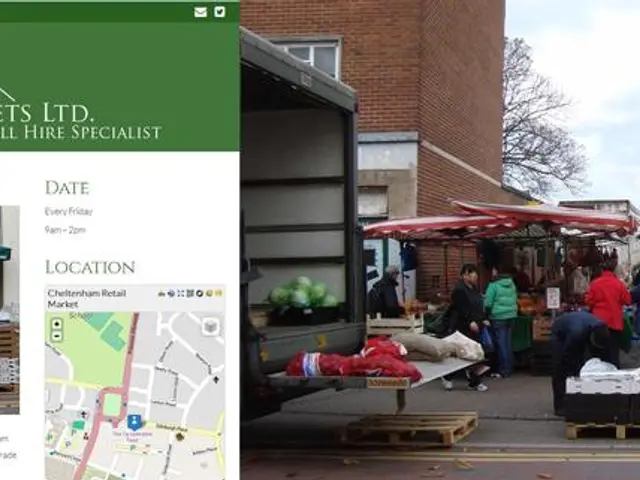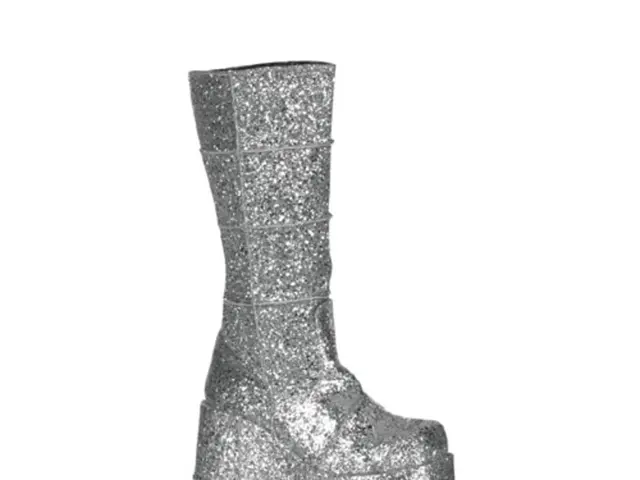Man Purchases Thousands of Apple Computers for Resale, Only for Apple to Seize Them and Arranging Their Destruction
================================================================================
In the annals of personal computing history, one event stands out as particularly mysterious: the burial of over 7,000 Apple Lisa computers in a Utah landfill. This episode, which took place in 1989, is considered one of the most perplexing decisions in Apple's history.
The Apple Lisa, introduced in 1983, was a trailblazer in its time. As one of the first personal computers with a graphical user interface (GUI), it featured windows, icons, and a mouse, offering users a more intuitive way to interact with their computers. Despite its innovation, the Apple Lisa was doomed from the start due to its high price tag (nearly $10,000) and technical problems.
When the more affordable Macintosh was introduced in 1984, the Lisa's appeal and sales declined sharply, leaving Apple with a large stockpile of unsold units. Entrepreneur Bob Cook, an expert in salvaging unsold tech inventory, struck a deal with Apple to buy up to 7,000 Apple Lisa units. Cook invested over $200,000 into research and development to refurbish and upgrade the Apple Lisas, creating the Lisa Professional.
However, Apple's growing concern over the modified, potentially defective Lisa units led the company to demand the return of all remaining units from Sun Remarketing in September 1989. Facing Apple’s legal power, Cook complied. Apple then systematically destroyed the entire batch by crushing and burying them in a landfill in Logan, Utah.
Apple never publicly explained the reason for this drastic action, leading to speculation. Some speculate that Apple was protecting its brand, fearing that modified units could harm its reputation if they failed or underperformed in the market. Others argue that Apple was exerting more control over its ecosystem, ensuring that all of its products remained proprietary and under corporate control.
The burial of the Apple Lisas in the Logan landfill stands in stark contrast to Apple's current commitment to sustainability. The story of the Apple Lisa reflects a key turning point in Apple's evolution, from a company struggling to find its footing to the tech powerhouse it is today. Despite being buried and erased from sight, the legacy of the Apple Lisa continues to intrigue and inspire those interested in the history of personal computing.
References:
[1] Richtel, M. (1989, September 26). Apple to Bury 7,000 Computers. The New York Times. Retrieved from https://www.nytimes.com/1989/09/26/business/apple-to-bury-7000-computers.html
[2] Markoff, J. (1998, January 25). The Apple Lisa: How a Pioneering Computer Became a Buried Memory. The New York Times. Retrieved from https://www.nytimes.com/1998/01/25/technology/the-apple-lisa-how-a-pioneering-computer-became-a-buried-memory.html
[3] Lohr, S. (2011, January 24). Apple's Buried Past: The Lisa Computer. The New York Times. Retrieved from https://www.nytimes.com/2011/01/25/technology/personaltech/apples-buried-past-the-lisa-computer.html
Technology and gadgets played a significant role in the mysterious episode of the Apple Lisa burial in 1989, a decision that remains perplexing in Apple's history. Over 7,000 Apple Lisa computers, a trailblazer in technology with a graphical user interface, were crushed and buried in a Logan, Utah landfill due to Apple's concern over potentially defective units and desire to maintain control over its ecosystem.






